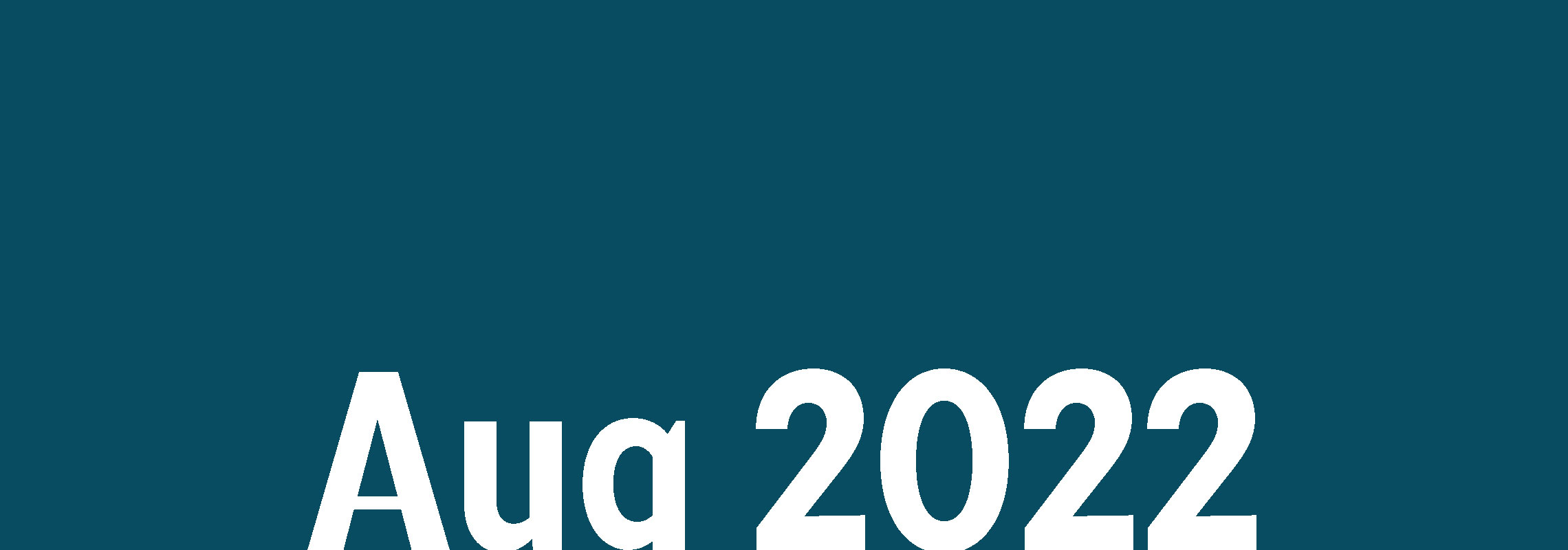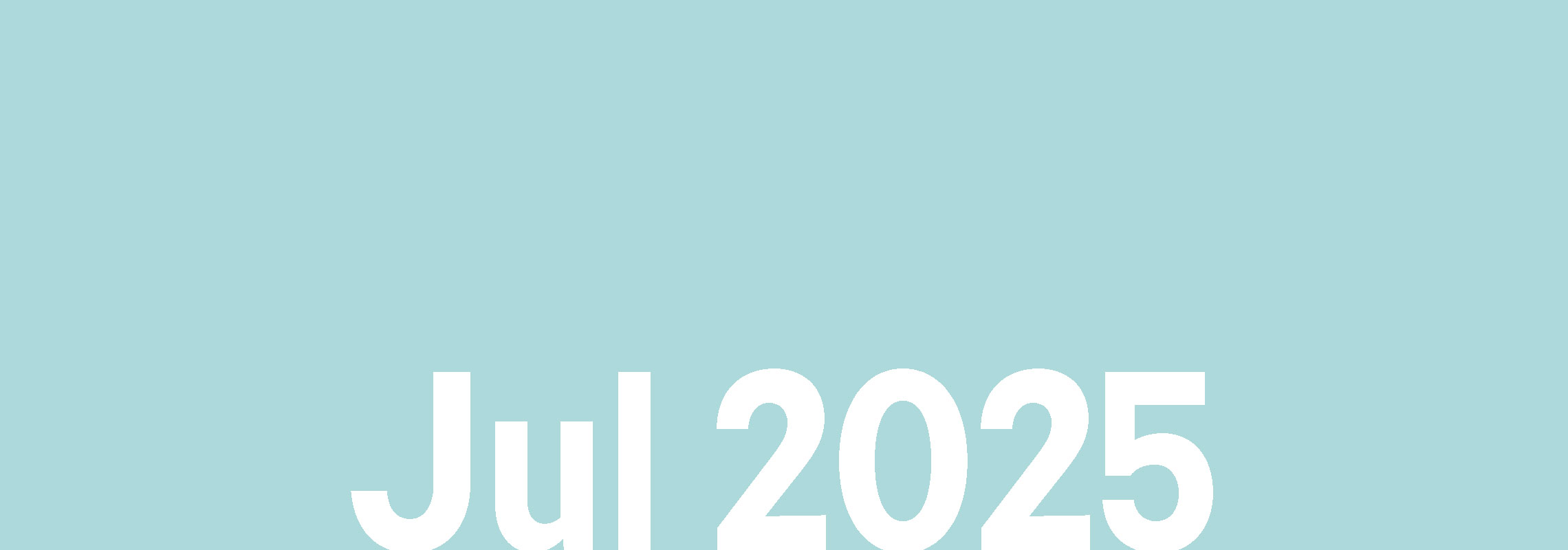Policy and Politics: What Is Ours to Do?
by Mary-Margaret Zindren, EVP/Executive Director
Over the past few months since the Dobbs decision draft was leaked, a variety of members have reached out to me, some strongly encouraging AIA or AIA Minnesota to put forward a statement decrying the overturning of Roe v. Wade; others saying that if AIA were to do so, they would leave the organization.
AIA national recently put forward a formal statement about their advocacy agenda that, without saying it directly, by inference of timing and context suggests that they will not be making a formal statement on the Dobbs decision. The statement cites these elements as the organization’s guiding criteria:
- Are architects, design professionals/the profession impacted by this policy?
- Is architecture part of the problem and/or the solution?
- Do architects have a unique perspective to bring to this policy issue?
It is the obligation of the state and local chapters of AIA in Minnesota to be aligned with AIA national in terms of our policy agenda, as required for accreditation as AIA components. I would also note that the answers to these questions are rarely simply “yes” or “no” but a matter of degrees.
In questions of whether and what to weigh in on as an organization, Dr. Mindy Fullilove, Hon. AIA, M.D. – a recent AIA Minnesota conference keynote speaker and current member of the AIA national Board of Directors – sums it up well: “What is ours to do?” What is ours to do as an association representing and serving this region’s architecture community?
In addition to our stated mission to “advance a vital profession, vibrant communities, and architecture that endures,” I see our work as supporting each and every member in the pursuit of their individual definition of career success and, to the best of our ability, addressing the barriers that get in the way of that success. Often, those barriers are defined and viewed differently by different members – in the magnitude or importance of each barrier, its origins, and the best ways to remove or mitigate the barrier.
Our policy agenda is driven by our mission, values, and strategic priorities, and refined through a collaborative process of recognizing and bridging differences within the membership. While it can feel like the differences among us are moving people farther away from each other, I see hope in the fact that the vast majority of polarizing issues are actually not binary in nature; opinions and beliefs are complex and fall along continuums. It behooves us to not fall into the traps of polarization, mindsets of “us vs. them,” that lead us to generalize, to reduce each other to abstractions, and to keep us from working together toward the shared goals of fostering a great profession and achieving excellence in design of the built environment.
Where people feel that a belief is so central to who they are, to their values and their integrity, that it is a bright line issue for them – a matter of conscience and not losing oneself, one’s soul – I understand and support them in drawing and not crossing that boundary. (I have my own bright lines, one of which is the right to same-sex marriage and LGBTQIA+ rights; it is a major factor in where I live and travel, and the workplace policies I am comfortable with.)
We each need to gain internal clarity about where our boundaries and bright lines are and why, and where we are open to bridging toward others, even if just to a small degree.
In my 30 years of working with associations, most of my work has focused on bringing people together to achieve shared goals. In this work, I’ve learned three things – often the hard way – that guide me in the midst of tumultuous times and in working through controversial issues. I hope that they resonate with you:
Each of us contains multitudes. The existence of complexity and contradiction within each person is a universal truth. Do not make assumptions about who people are, what they believe, or why.
Trust and respect are foundational to shared work. This is true even and especially when we disagree with each other.
There is no one right way and no one solution. We can find multiple paths forward if we invest ourselves in trusting, respecting, and working to understand each other.
As the annual collaborative process gets underway to prepare AIA Minnesota’s policy positions and advocacy agenda, we will be keeping these learnings in mind while asking “What is ours to do?” as an organization of architecture professionals. We will keep listening, learning, and collaborating in the work of removing the barriers to your best career and the best of what’s possible in the built environment.
View the August 2022 edition of Matrix.

